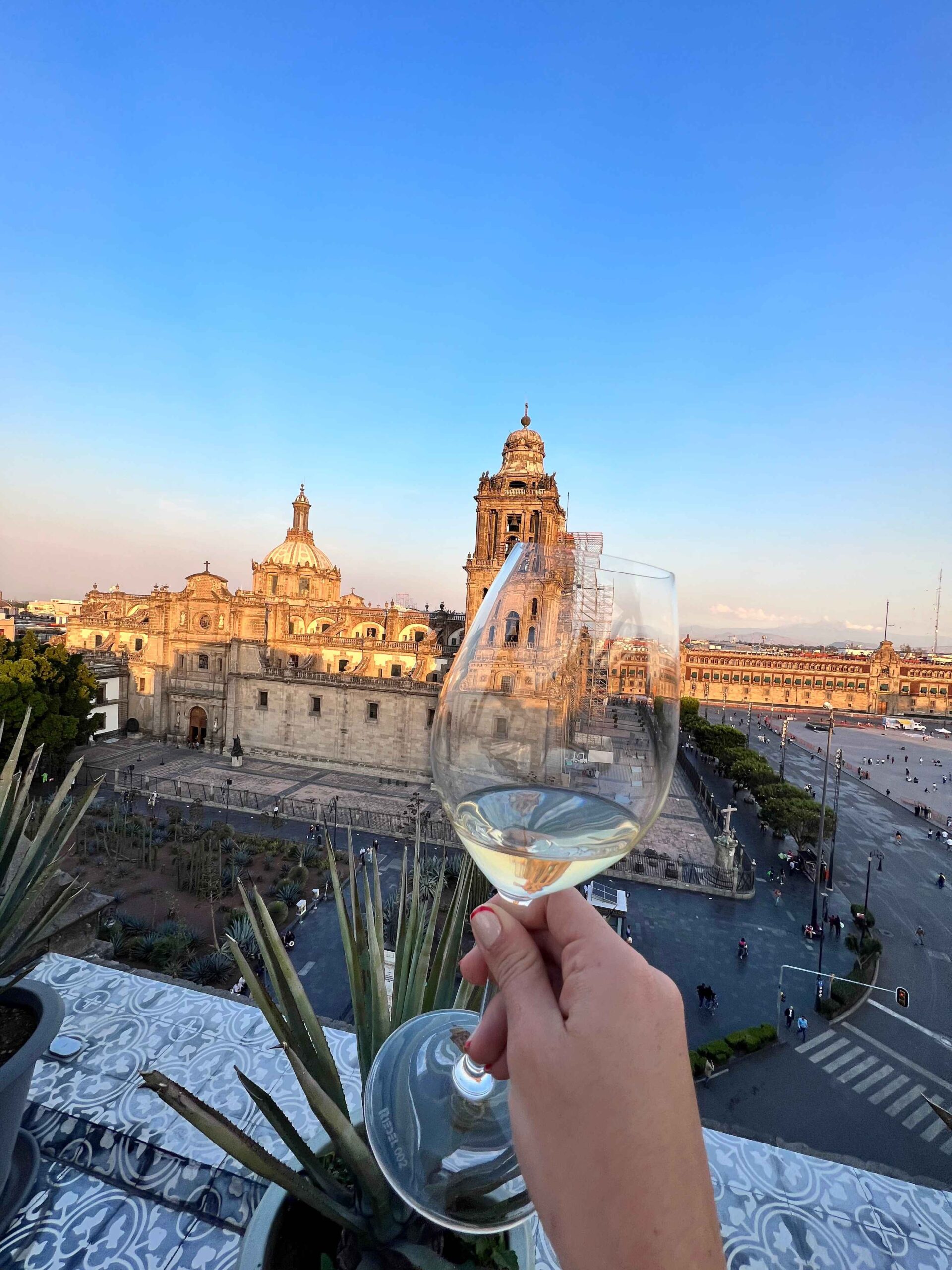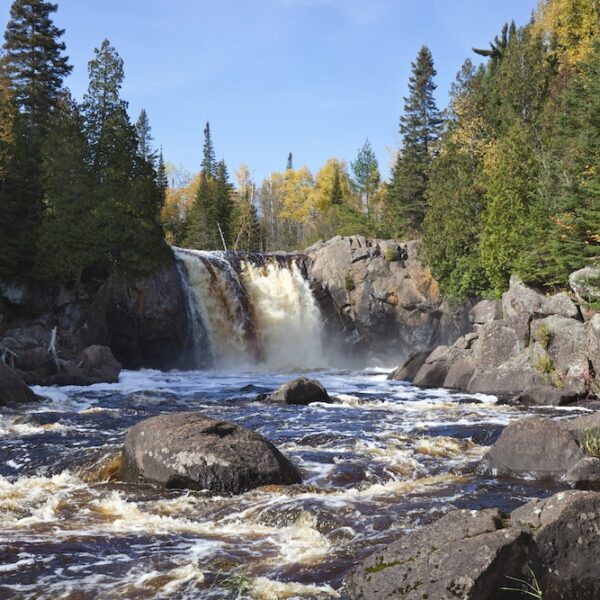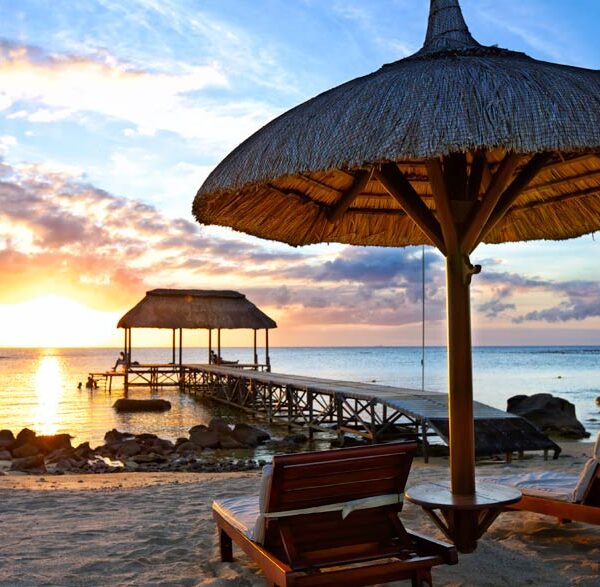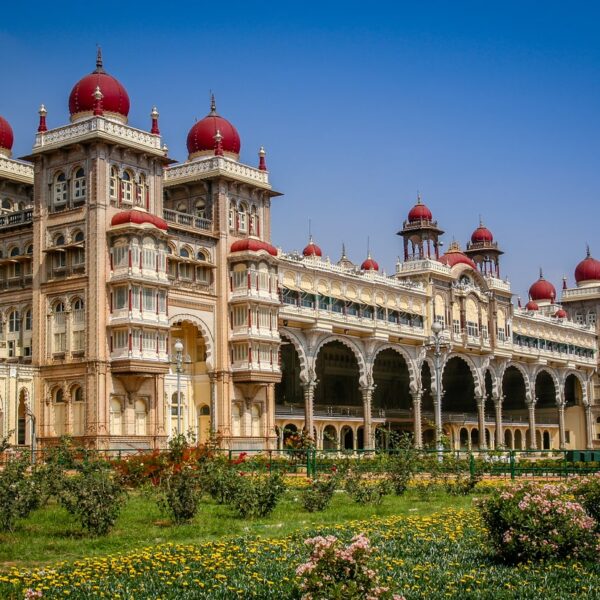The travel and tourism sector is changing as environmental concerns gain global attention. Creating eco-friendly tourism locations is becoming a need rather than a luxury. This strategy benefits everyone involved because it protects the environment while simultaneously improving the visiting experience. Let’s investigate how we might create tourist attractions that are both hospitable and sustainable for coming generations.

Table of Contents
Understanding Local Ecosystems
Creating an eco-friendly tourism destination starts with having a solid understanding of the surrounding ecosystems. Research is necessary to completely comprehend the vegetation, animals, and topographical features of the place.
This knowledge will inform every decision taken to ensure that the natural resources and wildlife of the area are not harmed by development. Developers can ensure that their plans uphold ecological preservation goals by working with local ecologists and environmental specialists.
Also Read: The Ultimate Checklist for Planning Sustainable Holidays
Using Sustainable Construction Techniques
Select sustainable and locally produced materials, like bamboo, which is not only adaptable but also leaves a small environmental impact. Utilizing green construction methods, such as water recycling and solar energy, can greatly lessen the negative environmental effects of tourism infrastructure.
Buildings that are designed with natural lighting and ventilation also use less energy, which lessens the ecological impact of the site. As an additional way to demonstrate their dedication to sustainability, builders could think about earning green certifications like LEED.
Reducing Carbon Imprints

A key component of developing eco-friendly tourism is lowering carbon emissions. Use fossil fuel-efficient modes of transportation, including electric cars for site tours or bicycles for visitors to get around. Fostering a closer relationship between visitors and the environment enhances their overall experience.
Encouraging them to utilize eco-friendly alternatives not only reduces their carbon impact but also enriches their travel experience. More pedestrian zones and walking routes can also reduce the need for motorized transportation and make traveler experiences healthier and more pleasurable.
Putting Into Practice Efficient Waste Management Systems
Effective waste management is necessary to preserve the ecological integrity and cleanliness of tourist destinations. Create recycling programs and ensure that there are enough facilities for garbage sorting and disposal. Educate staff members and visitors on the importance of trash reduction, recycling, and composting to ensure their active participation in these initiatives. Agreements can be created with adjacent trash management companies to further speed up this process and ensure that waste treatment conforms with environmental requirements.
The Value of Professional Environmental Guidance
The experience and knowledge of environmental consulting services is crucial to reducing the effects of building projects on the built and natural surroundings. In fields including waste management, contaminated land management, landfill operations, marine and dredging activities, salinity and acid sulfate soils, occupational hygiene, and environmental audits, these experts contribute their specialist knowledge. With the expert guidance, you can be sure that environmental health and safety is your first priority at every turn in your project.
Encouraging Regional Culture and Economy
The local economy and culture should be supported by eco-friendly travel. As much as possible, use local labor and resources, and involve the community in the planning and decision-making process for tourism. By allowing visitors to engage authentically with the local community and culture, this inclusion enhances the tourism experience while also contributing to the local economy.
The destination’s cultural diversity can be further enhanced by allowing local cuisine to be enjoyed and by encouraging artists to display their creations. Such integration increases local pride and visitor happiness while aiding in the preservation of cultural assets.
Teaching Travelers to Be Environmentally Responsible

A key component of sustainable tourism is education. Disseminate knowledge and instructive initiatives concerning the regional ecology and preservation initiatives. Urge visitors to be mindful of the environment, follow approved pathways, and show respect for wildlife. A knowledgeable traveler is more inclined to value and contribute to the destination’s natural beauty. Visitors’ comprehension and involvement can be enhanced by workshops or expert-led tours led by locals, adding significance to their visit and even changing their behavior for the better even after they return home.
Summing Up
Creating eco-friendly tourism spots is a long-term investment. Developers, local communities, and tourists themselves must all be dedicated to the cause and work together. We can make sure that our stunning locations stay vital and alive for the enjoyment of future generations by adhering to these guidelines. Let’s make eco-friendly travel the norm rather than the exception.













